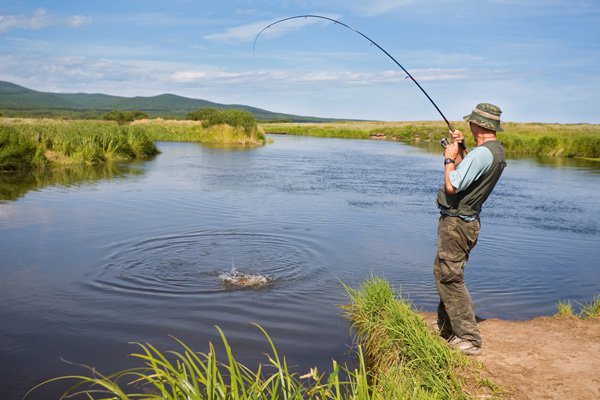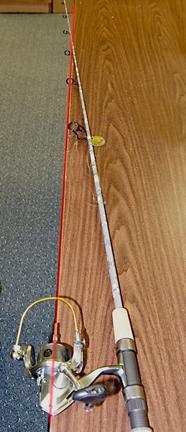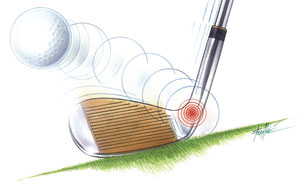Ski Poles
Ski Poles tend to be the unglamorous, somewhat neglected item in a skier’s equipment package, often abused, lost or considered merely something to be tolerated. Colorful skis, boots, jackets, and pants are a lot sexier and get a lot more attention at point of purchase. However, ski poles are really the work horse of downhill and cross country skiing and deserve a higher place in the hierarchy of ski equipment. Ski instructors teach very young children to ski without poles, as they seem to complicate the learning process.
However, as one progresses in his/her skiing ability, ski poles become a highly useful and necessary addition. Ski poles improve balance and timing, especially as the terrain becomes steeper and moguls begin to form. In Nordic/ cross country skiing, poles are even more essential since they are used to propel the skier on flat areas and during arduous hill climbs that are always part of the race course.
So, as one becomes a more advanced skier, the lowly ski pole becomes absolutely essential. This point was brought home to me at Snowbird, Utah. We had a 50+” snowfall and I was skiing alone in the back country, not a real good idea. An Aspen tree branch caught my left ski and I did a nose dive into deep snow. The snow was so deep, I had difficulty determining up from down. The fall was similar to landing in a soft mattress. I soon discovered I had both skis, but had lost one of my poles in what seemed like a bottomless pit of snow. I searched for the better part of an hour for the pole, to no avail. After much exertion and swearing, I managed to become upright. However, without the missing pole, my timing was seriously impaired and it took me two more hours to reach the lodge where I immediately bought two new poles.
Ski poles, both Alpine and Nordic, have evolved as have most all other types of ski equipment. The pole it self is a rod. Some are made of bamboo– not very common these days– aluminum, alloy steel or one of the newer composite materials such as carbon fiber or graphite. The pole is generally tapered from top to bottom. Carbon fiber and graphite are much lighter and stronger than the old aluminum poles which are still made and prevalent in rental shops. At the bottom of the ski pole, approximately 4 inches from the tip of the pole is the basket which prevents the pole from sinking too deeply into the snow when pressure is applied to the top of the pole. In years past, these baskets were constructed of circular laminated wood with ra hide webbing attaching it to the pole, much as a snowshoe is made. Today most poles for Alpine use have composite plastic baskets which are considerably smaller, as the majority of skiing is done on groomed slopes where the snow is rather hard and the poles are used more for balance than support. As a practical matter, most modern poles are almost useless in very deep snow. At the top of the pole is the handle and strap made of leather or some composite material like nylon. It is very important when first putting the strap on that you open the strap and bring your hand through from the bottom in a upward motion and then come down and grip the pole. The reason being, if you should lose the grip on the pole it will swing freely on your wrist avoiding getting caught on your thumb, which can cause hand injury.
The next very important factor to consider is the length of the pole. Again, this has changed as skin length. Poles and skis used to be longer. Now the correct pole length measurement is derived by placing the handle of the pole on the ground, The skier then grips the pole just under the basket. If the pole is the right length, the angle formed between the forearm and the upper arm should be approximately 90 degrees. If the angle is greater than 90 degrees, the pole is too short, and conversely if less than 90 degrees, the pole is too long.
In ski racing, poles are often bent to conform to the shape of the body minimizing drag while in the tuck position. Generally speaking, Nordic poles are longer in length as they are used to propel the skier along the flat areas of the race course and up hills. Poles used for off-trail skiing usually have larger baskets for more support and some have a telescopic feature for varying terrain and snow conditions.
In conclusion, the ski pole, a rather simple looking device, can be more complex than it first appears.

Matching a Spinning Reel to a Rod, and Other Useful Info


Copyright © www.mycheapnfljerseys.com Outdoor sports All Rights Reserved